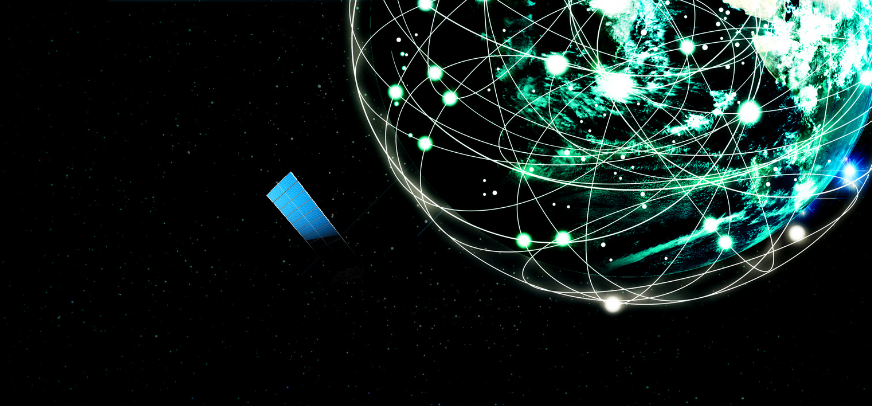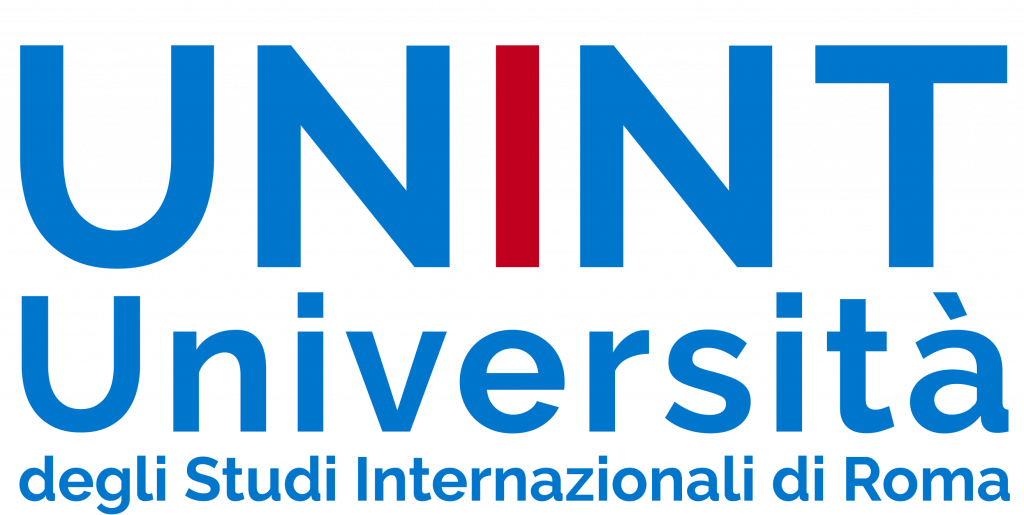Starlink and Technology-Driven Education: Searching for a Holistic Approach
- 21 Gennaio 2025

Distance learning techniques can make different levels and types of education accessible even in contexts of war, crisis, and in the most disadvantaged areas. In critical geopolitical contexts, harnessing the educational potential of high technology can make all the difference.
At a time of great geopolitical change, universities’ role, study and research centers, and foundations are critical to ensuring that technology is not just wealth for the few but progress for all. It is no coincidence that this topic was the focus of a conference entitled “Divario e coesione digitale nell’area mediterranea: l’uso della tecnologia nelle politiche educative“ organized in November 2023 by the University of International Studies in Rome – UNINT, in collaboration with the GEODI Research Center.
In the education landscape, new technologies are playing a key role and, in particular, offer an unprecedented opportunity to improve education and overcome challenges related to educational poverty. In disadvantaged contexts, integrating digital devices and online platforms fosters a democratization of accessibility to quality education: it allows students to access interactive as well as personalized educational content, opening doors to learning opportunities that would otherwise remain inaccessible. In addition, active student engagement is ensured, promoting an in-depth understanding of concepts. These are tools through which Sustainable Development Goal 4 “Ensure inclusive and equitable quality education and promote lifelong learning opportunities for all” of the 2030 Agenda for Sustainable Development, i.e., the Programme of Action for People, Planet and Prosperity that, in 2015, was signed by the United Nations to achieve sustainable development, could also be fully implemented.
Digital technologies enhance accessibility and teaching effectiveness. Virtual learning platforms provide teachers with tools to monitor students’ progress and tailor instruction to individual needs, leading to improved academic performance.
Making distance learning accessible even in the most unstable areas is a real challenge. It is essential to provide young people in those areas with opportunities for both educational and entrepreneurial growth. Among the obstacles to overcome is the absence of broadband. A difficulty that, at any rate, can be overcome through a satellite network. A type of telecommunications whose pace of development, in the coming years, is expected to be increasingly accelerated and aimed at supporting scientific and cultural activities, for example, through XR technology in the Metaverse, beneficial to creating immersive group experiences such as events, meetings, or lectures.
In this regard, mention should be made of the network of low-orbit satellites developed by SpaceX, known as Starlink, which represents a significant advancement over traditional satellite infrastructure.
As of now, SpaceX has successfully launched over 5,000 operational satellites. However, the company’s goal is to launch even more, with plans discussing numbers as high as 12,000 and potentially up to 42,000 satellites in the future. The primary aim is to provide broadband and low-latency internet, specifically targeting remote regions or areas where traditional connection methods are unavailable.
With a configuration that includes thousands of low-earth orbit (LEO) satellites, Starlink offers more comprehensive coverage and significantly reduced latency than geostationary (GEO) satellites. Starlink’s network density also decreases the risk of service disruptions. LEO satellites operate at an altitude of 300 to 1,200 km above Earth, which allows for faster data transmissions with latencies of less than 20 milliseconds compared to the more than 600 milliseconds of GEOs.
In terms of security, Starlink offers some improvements over commercial satellite systems, although it remains below military standards. The system adopts advanced encryption technologies, such as AES (Advanced Encryption Standard), to protect communications and uses robust user authentication to prevent unauthorized access. In addition, Starlink implements strategies to counter attacks such as jamming by leveraging beamforming technologies that optimize the signal directed toward the user, thereby limiting exposure to interference.
The architecture allows data redirection through alternate paths, ensuring resilience against localized outages. Additionally, Starlink satellites are designed to be upgradeable via software, enabling the deployment of security patches to address emerging threats.
Either way, there are issues of environmental impact and astronomical impact. On the latter issue, astronomers point out that Starlink satellites may interfere with sky observations.
While digital technology brings its own set of challenges, it is vital that it fuels not only progress but also nurtures human, social, cultural, and democratic growth. This requires a holistic approach that considers not only technological benefits but also environmental, ethical, and social implications. Embracing these aspects will create a more well-rounded and inclusive future for everyone.
Ciro Sbailò, full professor of Public Comparative Law – Università degli Studi internazionali di Roma, UNINT
Gaia Natarelli – PhD Candidate, Università degli Studi internazionali di Roma, UNINT


